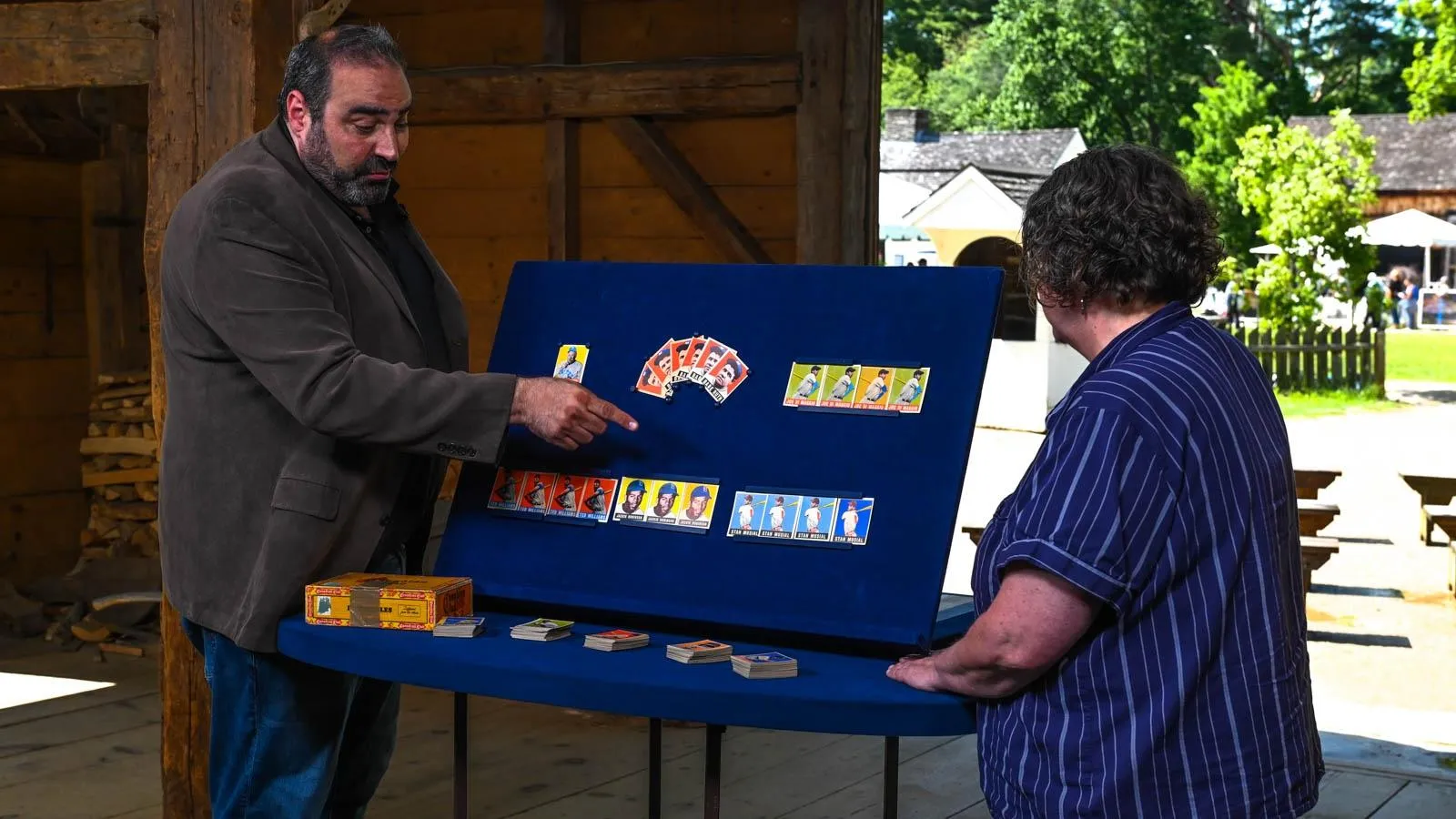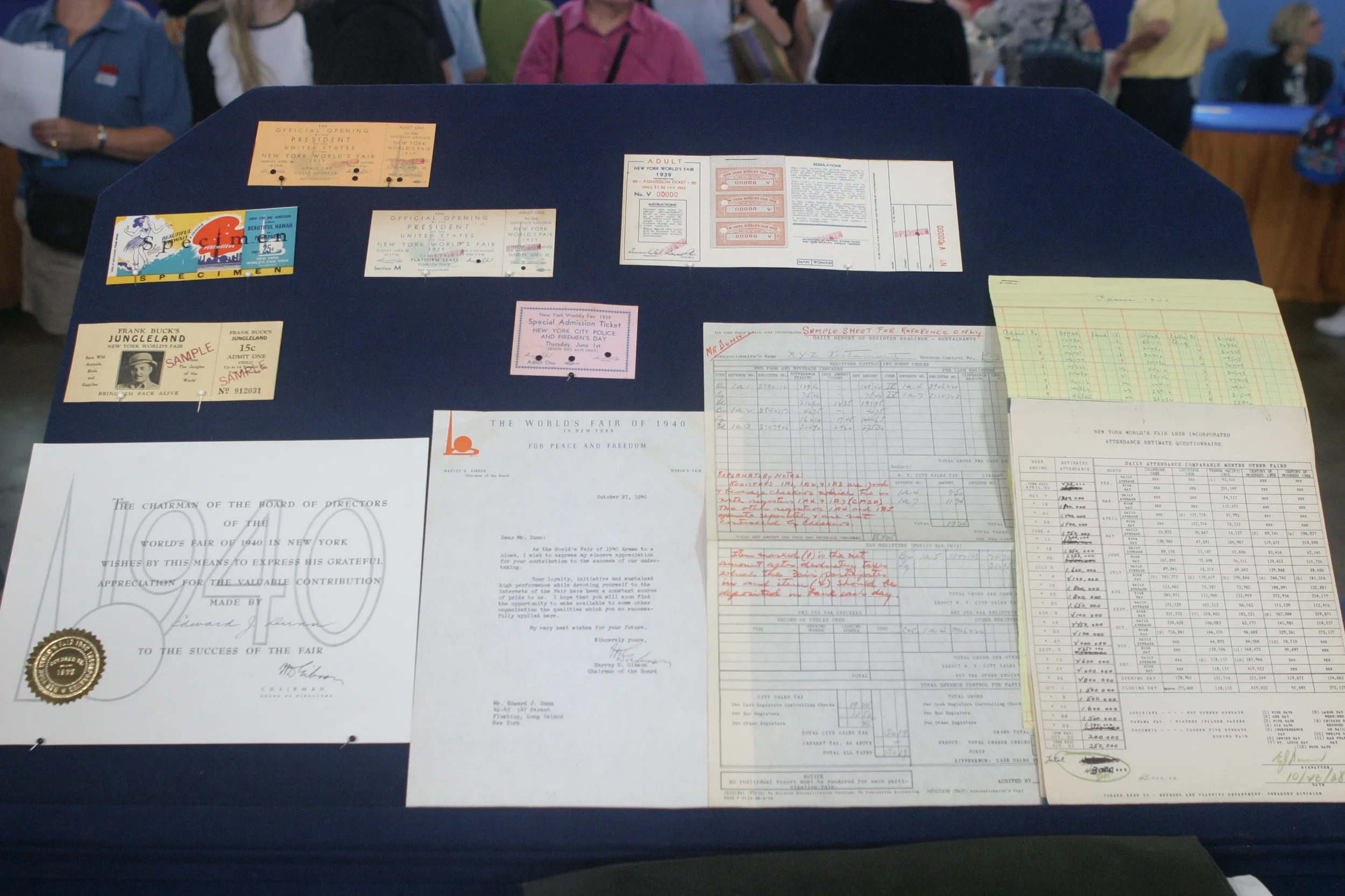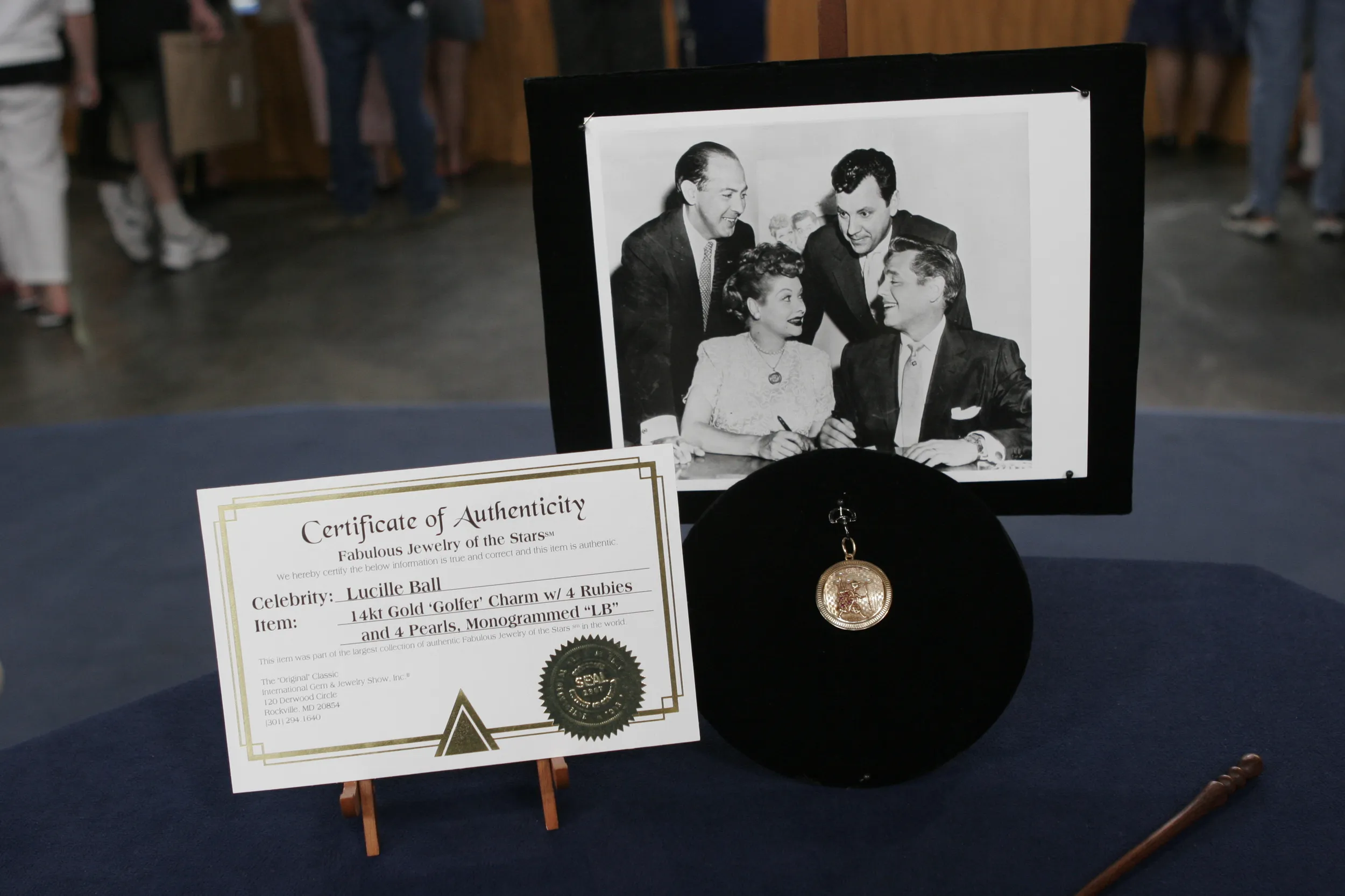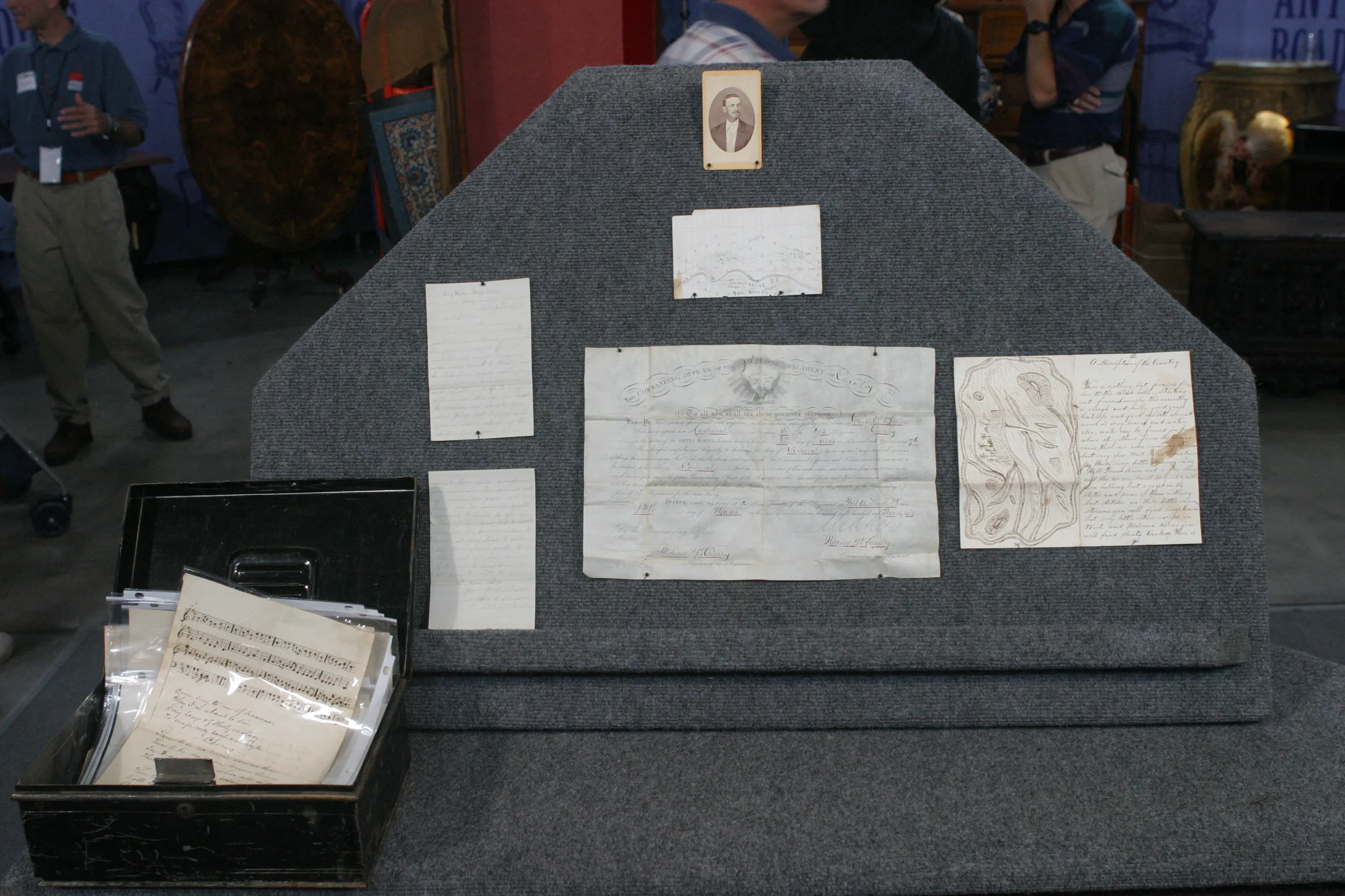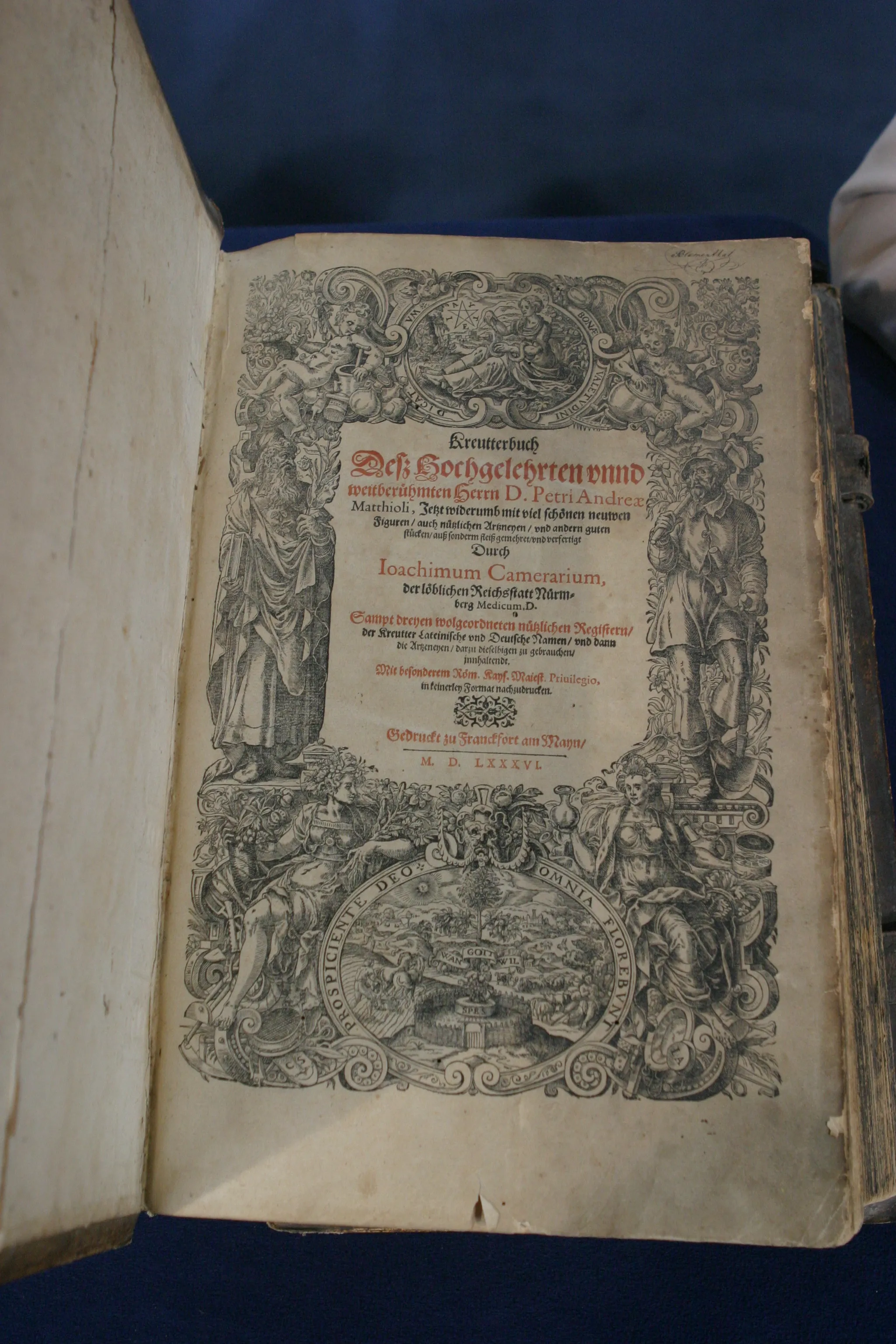GUEST: What I think I have is an iron meteorite...
APPRAISER: Mm-hmm.
GUEST: ...that had belonged to my father-in-law just out of high school.
APPRAISER: Mm-hmm.
GUEST: He and a friend of his did a natural history museum during the course of a summer.
APPRAISER: Mm-hmm.
GUEST: And they gathered things from around and showed this in the neighborhood. At the end of the summer, there were a couple of pieces, this being one of them...
APPRAISER: Mm-hmm.
GUEST: ...that went to the, the two guys.
APPRAISER: Where was he?
GUEST: This was in Scarsdale, New York.
APPRAISER: Mm-hmm.
GUEST: I think they probably charged...
APPRAISER: Mmm.
GUEST: ...you know, a couple cents, and invited people to come to their museum. (laughs)
APPRAISER: So, what, did, like, they took over the front room at Mom's house and put their little treasures...
GUEST: I think it may have been the basement, but, yeah.
APPRAISER: Okay.
GUEST: It was something along those lines, yes.
APPRAISER: And do you know what other kind of treasures they collected?
GUEST: Only, the only thing I heard about was a giant quartz crystal.
APPRAISER: Then, what happened at the end of the summer?
GUEST: Well, he went off to college.
APPRAISER: Mm-hmm.
GUEST: And so did his friends, and a couple of items remained. So, the friend took the crystal, and Gerard took the meteorite.
APPRAISER: Mm-hmm. Do you have any idea where the meteorite might be from?
GUEST: We're guessing from, uh, Meteor Canyon in Winslow, Arizona.
APPRAISER: This is from Meteor Crater, also called Barringer Crater, in Northern Arizona. It is an iron meteorite. It's from the Canyon Diablo fall, and there are very few large iron meteorite land falls. So, you can find parts of this meteorite all over the place in Northern Arizona. It's a 50,000-year-old crater that, by and large, looks like it did right after the impact.
GUEST: Mm-hmm.
APPRAISER: And for a long time, there was a debate of whether it was a volcanic crater or made by some other means. And they discovered, in fact, that it was created by a meteorite. Meteor Crater's a privately owned crater. It's basically a tourist attraction, roadside attraction, in Northern Arizona. I remember going there as a little kid.
GUEST: Oh, yeah?
APPRAISER: It's incredible. There are lots of pieces of this iron cr, meteorite around. Even though it's a smaller piece, it's still a very substantial piece, as far as a meteorite goes. And it looks exactly like you want it to. And if you're chasing after that great American meteorite...
GUEST: (laughs)
APPRAISER: ...this is the best one. The challenge is, meteorites always need to be authenticated.
GUEST: Ah.
APPRAISER: You need to prove beyond a shadow of a doubt it came from the Meteor Crater, Barringer Crater. You can take it to a good geologist and make sure it has the right mineral content that is consistent with the crater.
GUEST: Okay.
APPRAISER: But the convenient part is, this is cut from a larger piece. And you might call some of the major museums that have pieces of the crater and see if this matches up.
GUEST: Wow, okay.
APPRAISER: I mean, that would be a dead giveaway.
GUEST: It, it, the, yes.
APPRAISER: But, appearance-wise, it's absolutely consistent. I can see some of the mineral crystallization in the back that also is consistent with an iron meteorite from Meteor Crater. It is very important, and meteorites are very desirable. Generally, they're sold by the gram. If this meteorite was to come up for auction, I would give it an auction estimate of $15,000 to $20,000.
GUEST: (chuckling): R, really? Whoo! (laughs) Pretty good for a lump of iron, huh? (chuckles) I had no idea. You've probably heard that before, but I just, you know.
APPRAISER: (chuckles)
GUEST: No idea, re...
(both chuckling)
GUEST: That's very cool. Wow. (laughs)
APPRAISER: I mean, it's not often I get to say, "This is one sexy meteorite." (laughs)

